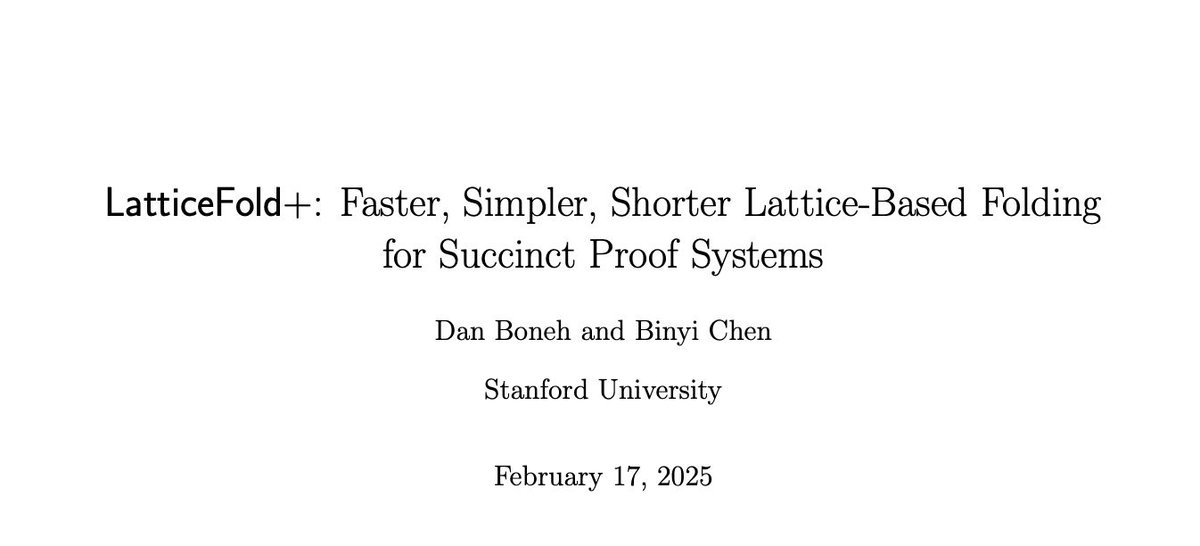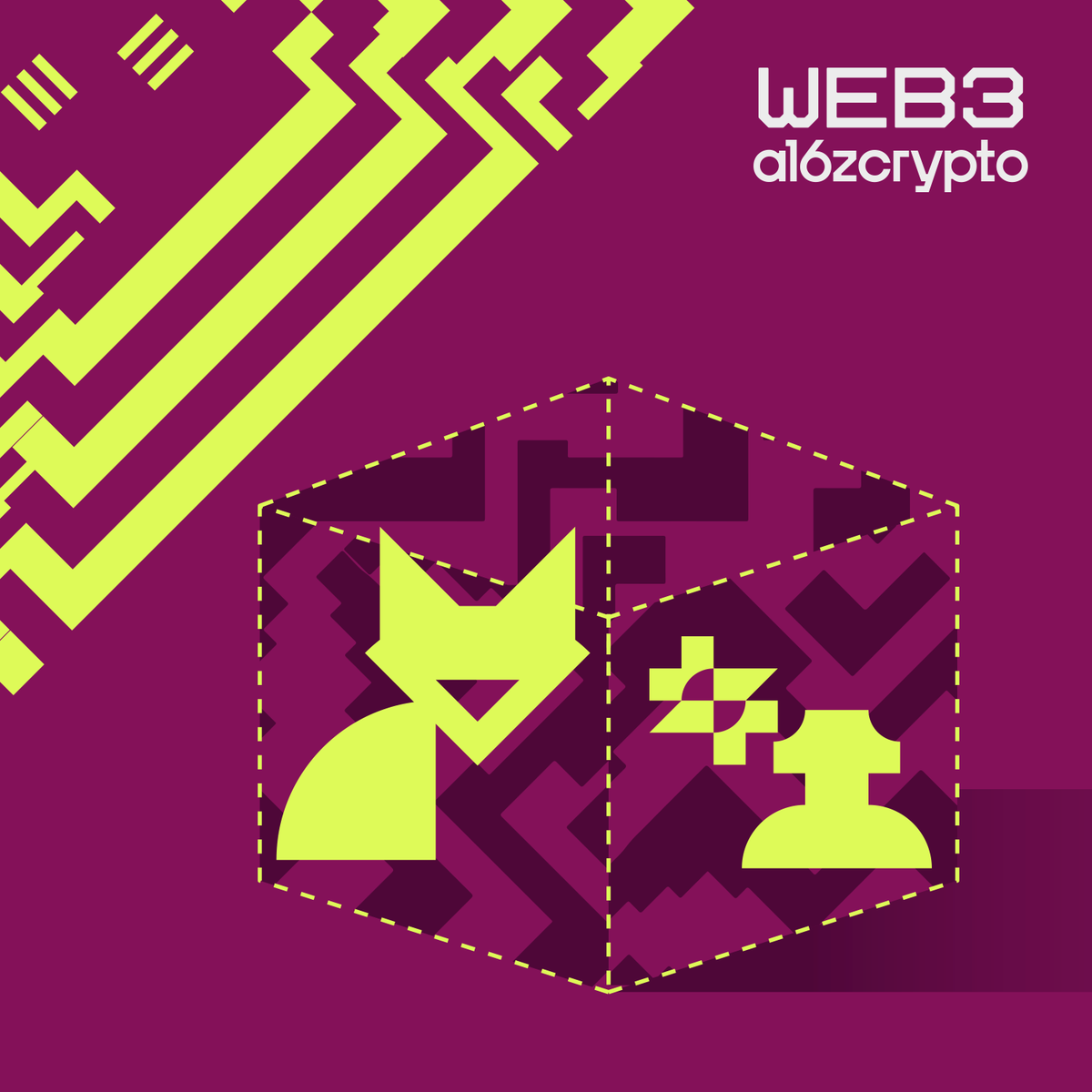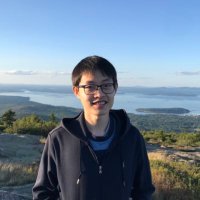
Binyi Chen
@charles_chen533
Postdoc Researcher at Stanford,
Ex-Chief Cryptographer at Espresso Systems
ID: 1500899334493130753
https://chancharles92.github.io/ 07-03-2022 18:21:13
175 Tweet
1,1K Followers
158 Following

1/ Excited, but frankly quite worried, about a new work with the wonderful 🏴 levochka.eth 🏴 💙💛🇮🇱☀️🦁🗡️ and Dmitry Khovratovich: ia.cr/2025/118 We break soundness of a standard protocol (essentially commit to witness and run GKR) by constructing a circuit for which we can prove a false statement.



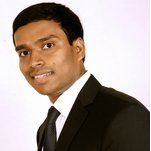

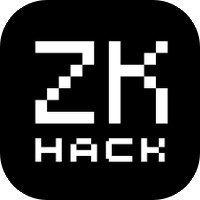
zkSecurity #4 In their paper, Binyi Chen & Dan Boneh presented LatticeFold+, a lattice-based folding protocol which is improving on their previous technique LatticeFold by eliminating some bottlenecks thanks to new lattice techniques. eprint.iacr.org/2025/247

eprint.iacr.org/2025/620.pdf Exciting paper by Benedikt Bünz ☕️ and his NYU colleagues that achieves 801× faster Hyperplonk proof generation over CPUs.

On May 12th, learn about the quantum-secure folding scheme LatticeFold, and the recent advances that Binyi Chen and team have been making to achieve 5-10x speed improvement. Register now to attend zkSummit 13 in Toronto: zksummit.com
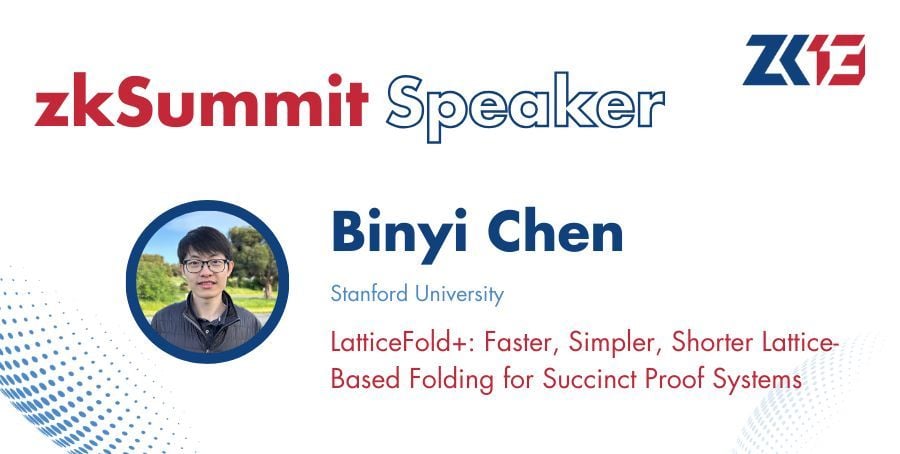



🎙️ This week Anna Rose and Nico chat with Matthew Klein and Albert Garreta | Hiring | Nethermind from Nethermind about their work on lattice-based cryptography, including LatticeFold implementations, post-quantum signatures, and innovative approaches to zkML. zeroknowledge.fm/podcast/361



Srinath Setty Wilson Nguyen You meant sumcheck over the small field extension right? (Extension field is at least 128-bit for soundness). This is also achieved in LF+ and no sumcheck over rings in range-proof. The only ring sumcheck is for linearizing R1CS constraints over rings, which is unavoidable.


